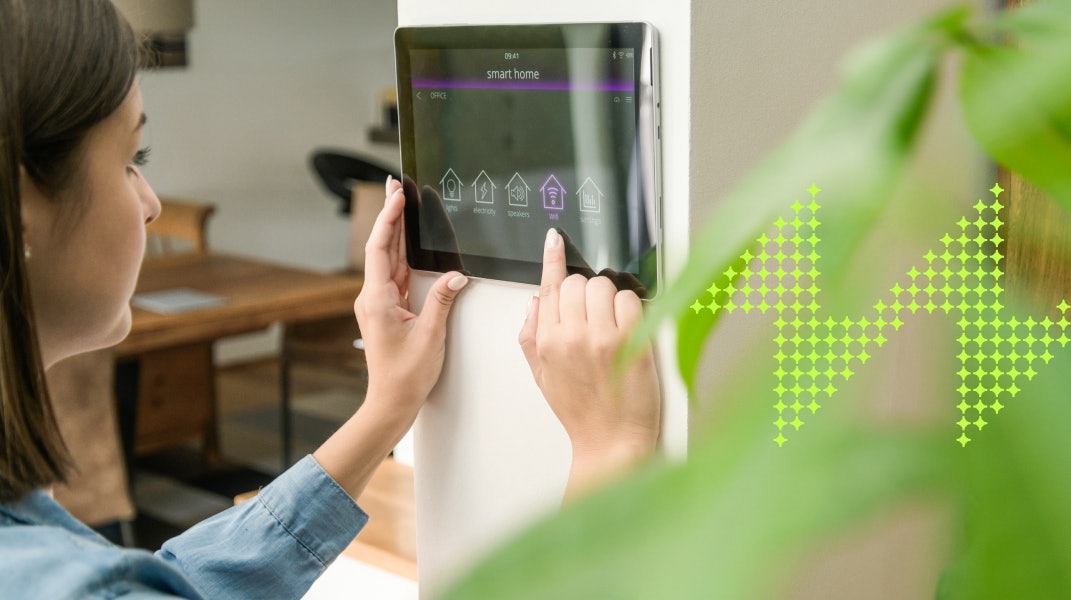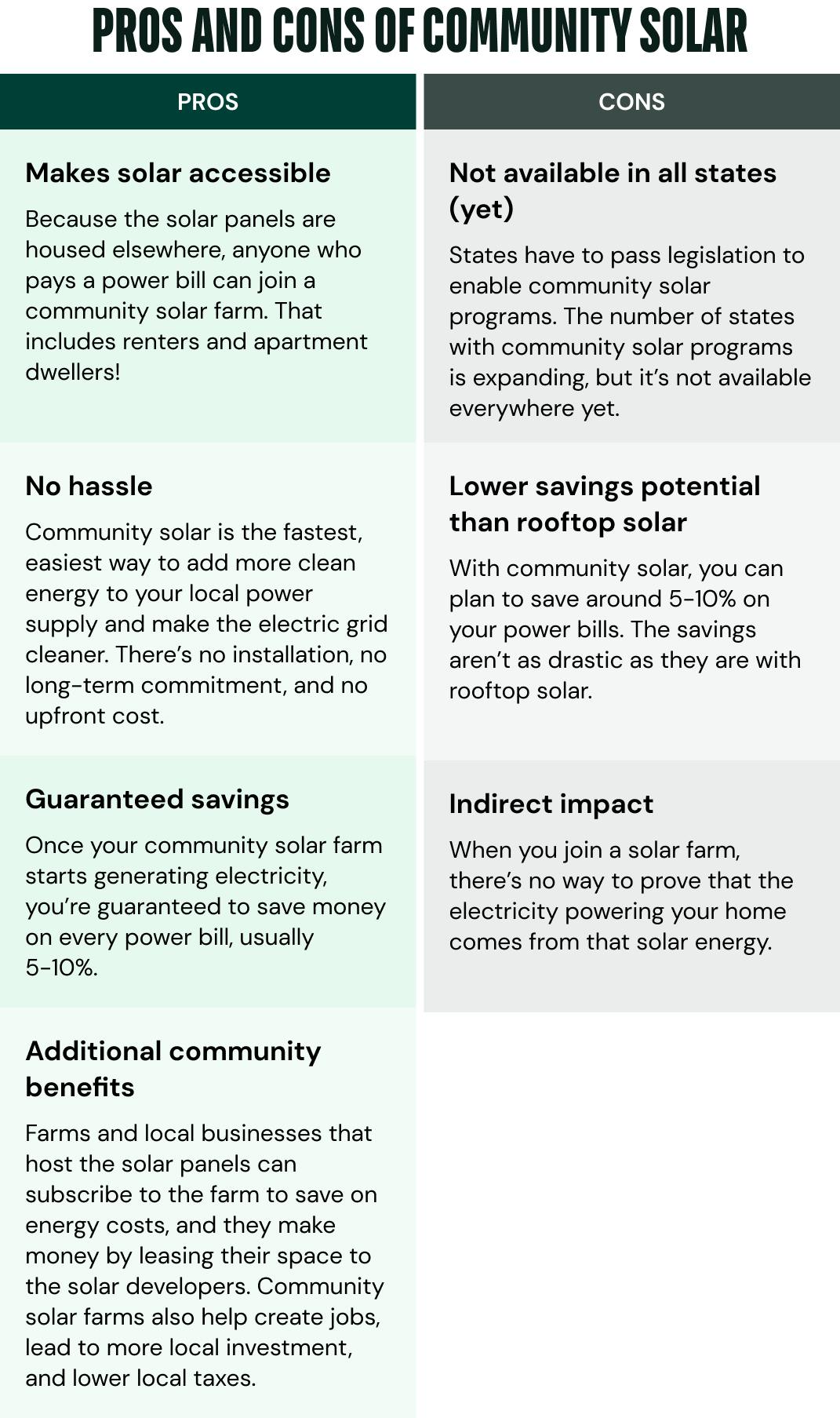Understanding your options for clean energy at home

For many of us, the energy we use at home is a big part of our individual carbon footprints. Makes sense, right? But knowing that and doing something about it are two very different things. It can be hard to know how to lower the carbon impact of your energy use.
Fortunately, you have several options for connecting to clean energy at home (even you, renters!). Some will make more sense than others depending on your situation, including where you live and the type of home you have. Let’s look at a few of the most common options and weigh their pros and cons.
Option 1: Renewable energy certificates
Renewable energy certificates, or RECs, are basically how the market measures and tracks clean energy. One REC represents one megawatt hour of renewable electricity — from wind farms, solar panels, hydropower, etc. — being generated and added to the power grid.
The market uses RECs because it’s impossible to track exactly where clean energy electrons end up once they enter the grid. All electrons look the same, whether they were generated by coal, nuclear, or solar. It’s like pouring a glass of purified water into a dirty lake and then trying to track where the clean water goes. RECs help clear that up.
Once sold, the clean energy represented by the REC has officially been used. The REC is retired and cannot be traded, donated, or resold. Every REC sold demonstrates demand for more clean energy projects.

Option 2: Rooftop solar
When you think of clean energy at home, there’s a good chance you think of rooftop solar panels. As the name implies, these panels are installed on your roof (or sometimes elsewhere on your property) and generate electricity for your home. If you generate more electricity than you use, you can sell that surplus energy to your utility. Pretty good stuff.

Option 3: Community solar
Community solar is a way to support solar energy and save on your power bill without installing your own solar panels. Instead, you join a local solar farm. Your neighbors and area businesses can join, too. These solar farms are often built on unused land, but they can also be in people’s backyards or on community buildings.
When you join a community solar farm, you’re subscribing to a portion of the total energy that farm produces. Your portion is based on how much energy you use in a typical month. The clean solar energy from the solar panels flows directly into the local power supply for homes and businesses to use. Part of your total power bill gets redirected to the solar farm to keep it in business.
Nothing changes about how you get or use energy at home. Your same utility company delivers it like normal. But as your solar farm generates electricity, you earn credits on your monthly bill from your utility.

These are three of the most common and easiest ways to connect to clean energy at home. Whatever you do, you’re helping increase demand for renewable energy sources and reducing the need for fossil fuels!
